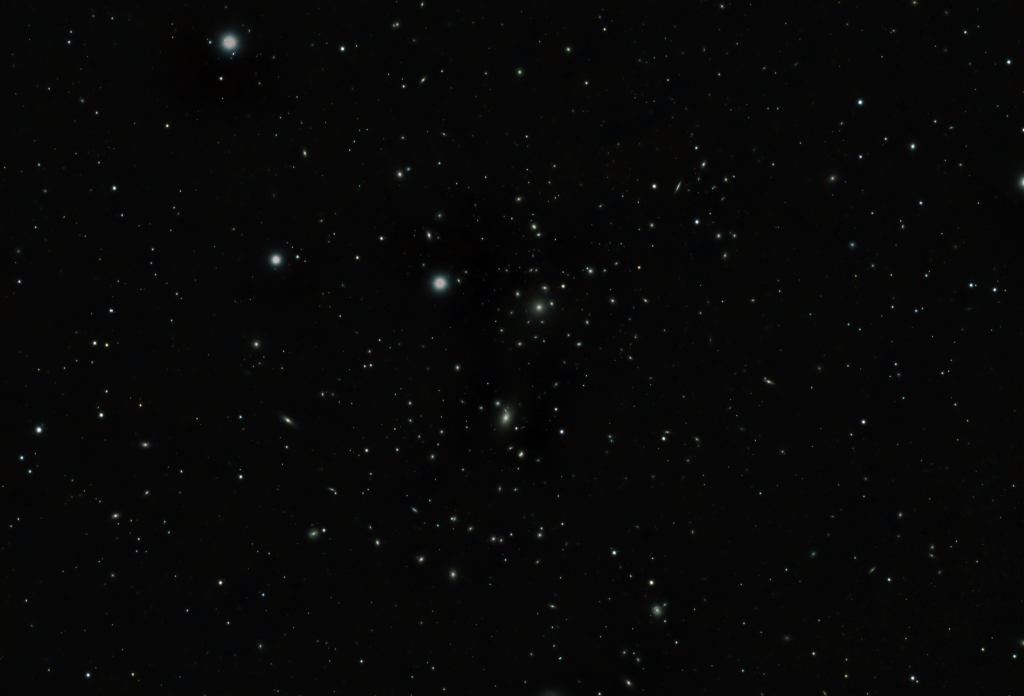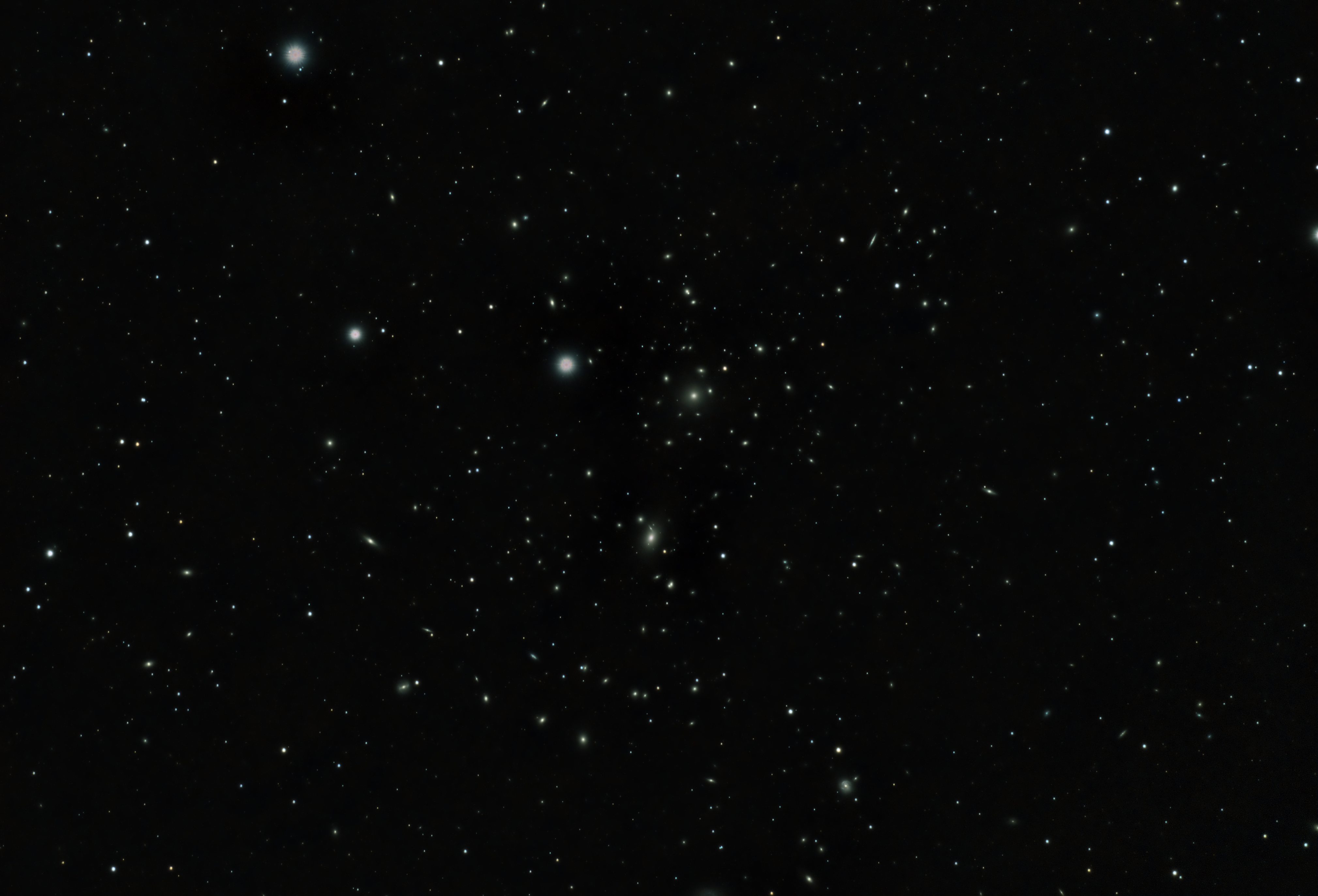
Similar Posts
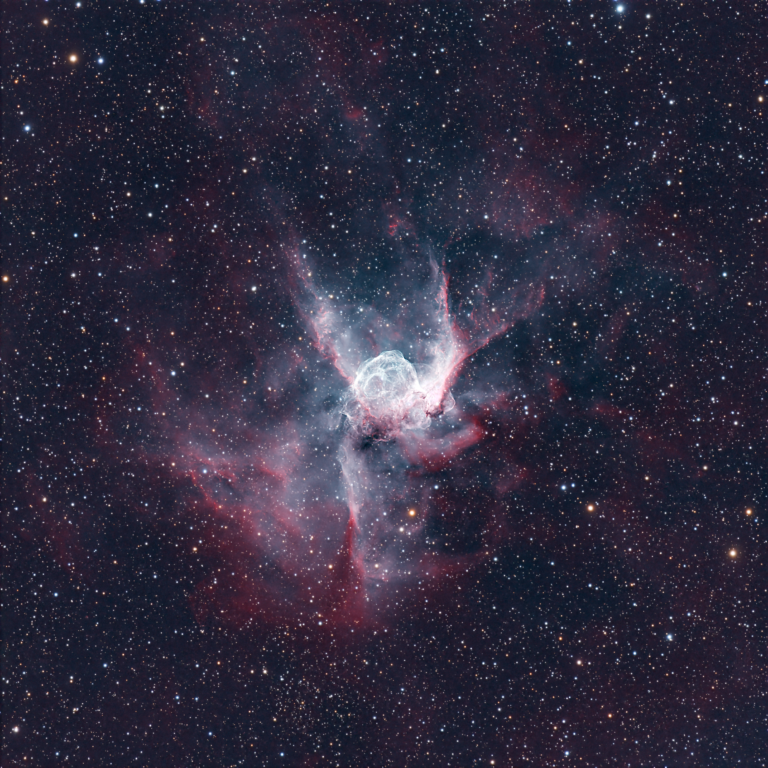
Revisiting “Thor’s Helmet”
Domey McDomeFace’s days are numbered, I’m afraid! Our property is up for sale, and hopefully its new owner will continue to use it to produce amazing images of their own. Meanwhile, I’m taking advantage of every clear night I can, while we’re still here. Here’s one of my favorite objects: “Thor’s Helmet” or NGC2359. Like…
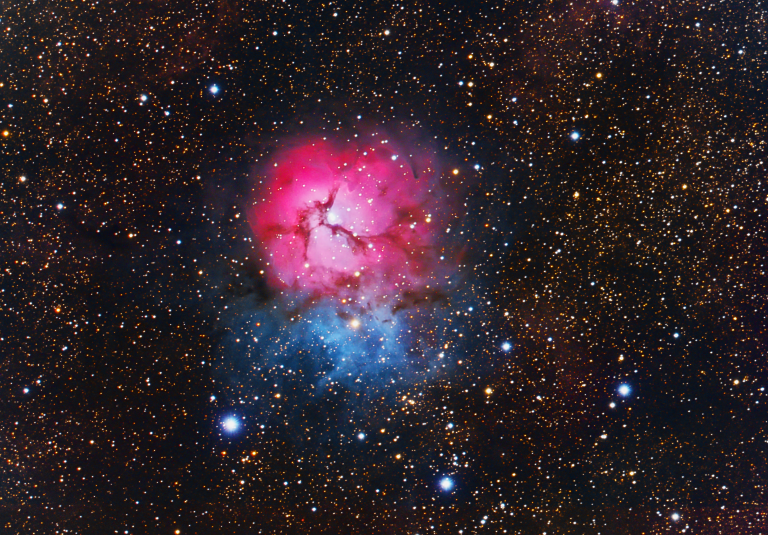
The Trifid Nebula (M20)
Our new observatory is starting to prove its worth… the Trifid Nebula is an object I’ve always wanted to capture, but in our previous location it was too low in the sky and was always obstructed by trees. Further complicating matters, it is a summertime object, and here in Florida summertime is the worst time…
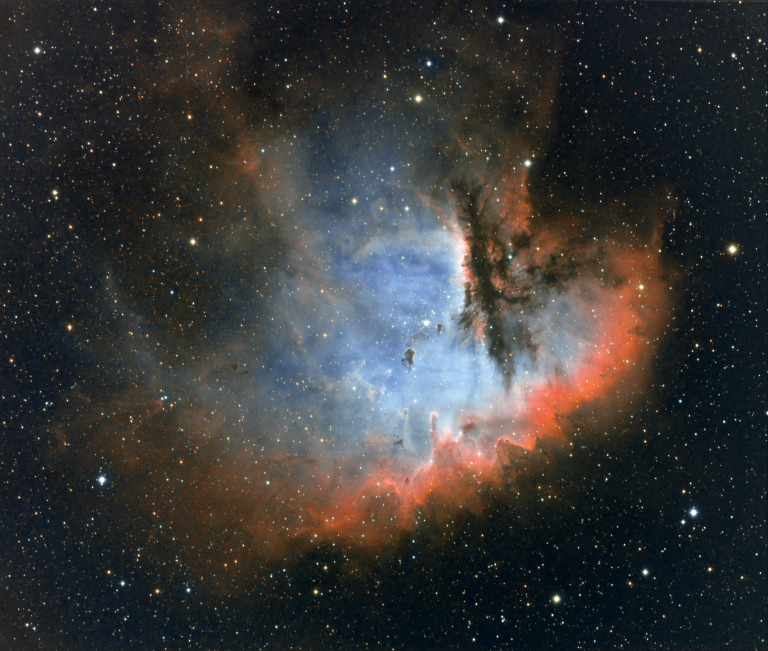
The “Pac-Man” Nebula?
This gorgeous nebula, formally known as NGC281 in the constellation Cassiopeia, goes by the informal name of “The Pac-Man Nebula.” I don’t see a Pac-Man. I think it’s a case where if you look at it through a telescope with your eyes, you only see the brightest parts – and then, maybe it looks a…
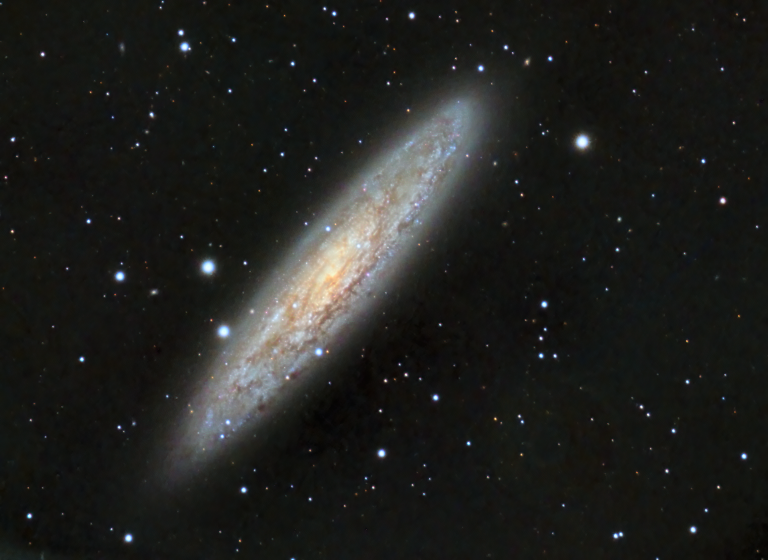
The Sculptor Galaxy
NGC253 is most commonly known as the “Sculptor Galaxy,” because it’s found within the constellation Sculptor. You probably haven’t heard of Sculptor – that’s because it is considered a Southern-hemisphere constellation, and it’s only visible in the US from Southern states such as Florida. It’s also known as the “Silver Coin Galaxy.” It’s part of…

Triangulum Galaxy
Part of our Local Group of galaxies, the Triangulum Galaxy (M33) is about 3 million light years away and the most distant object visible to the naked eye under dark skies.
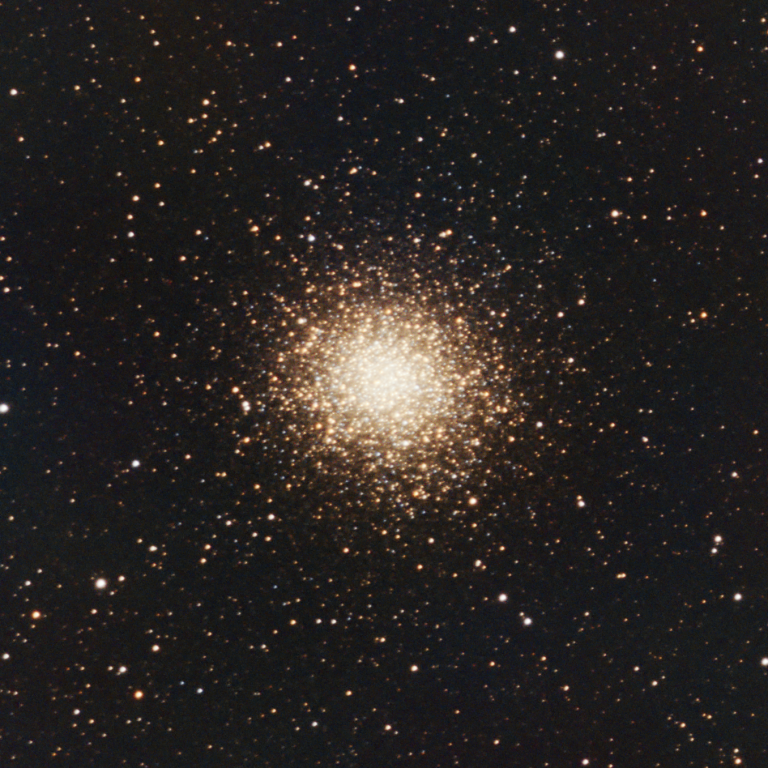
M14: A Golden Ball of Stars
This morning, my cat woke me up at 3 AM, and I noticed it was clear outside. But, the sun would start rising in just a couple of hours, so doing some super-long-exposure shot of a faint nebula wasn’t in the cards. However, globular clusters don’t take long to image, as they are relatively bright…

